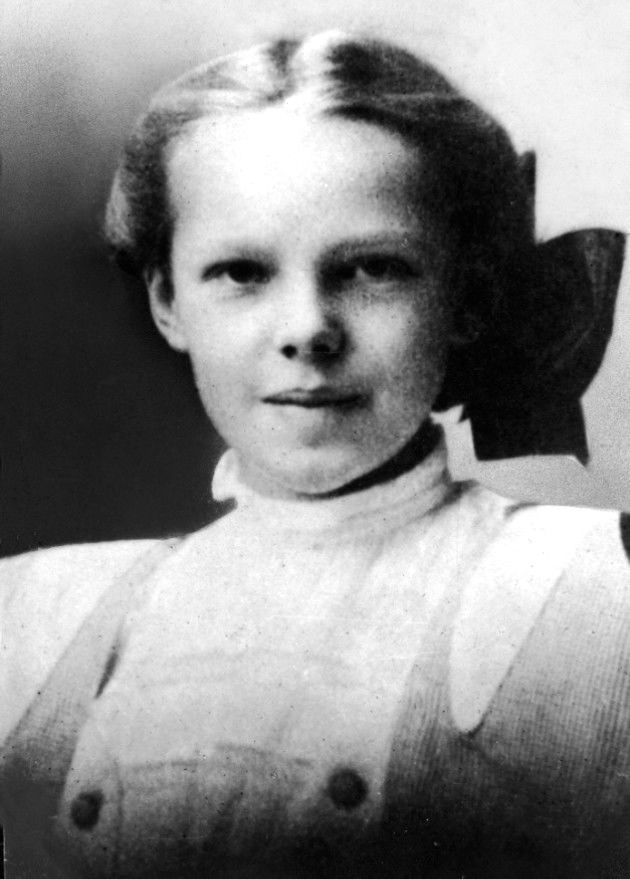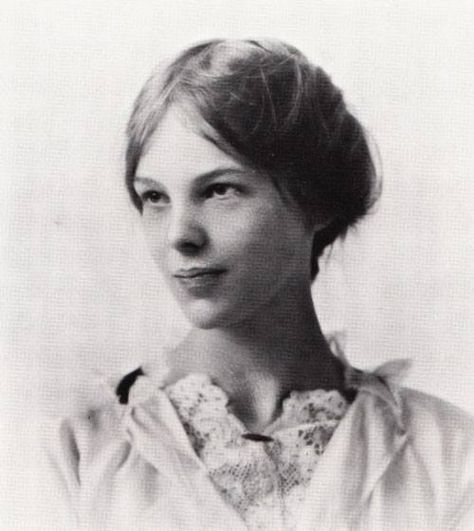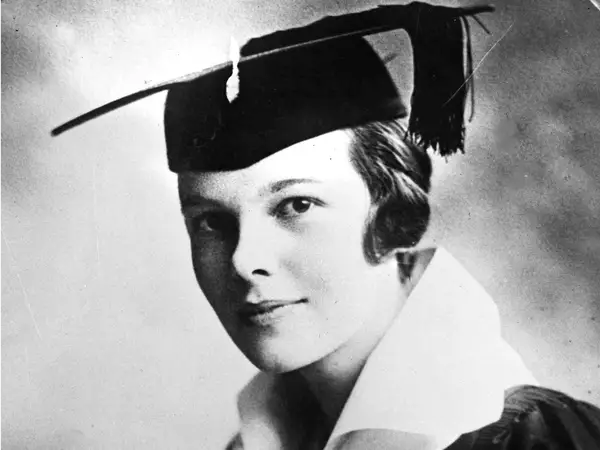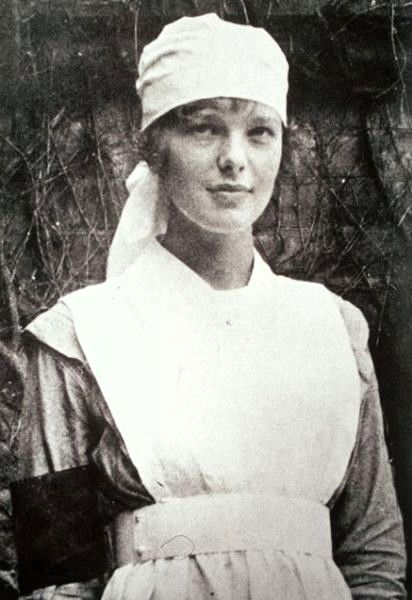Amelia Earhart’s Formative Years (Ages 10–19)
Amelia's Ten to Teen Years...
Between ages 10 and 19, Amelia Earhart’s character was forged through upheaval, independence, and curiosity. She endured family instability, navigated social isolation, and rejected conventional expectations for women of her time.
Her scientific curiosity, admiration for pioneering women, and exposure to both the tragedy of war and the marvel of flight laid the foundation for her groundbreaking aviation career in the decade that followed.

Early Adolescence (Ages 10–13)
By the time Amelia was about 10 years old, her father got a job with the Rock Island railroad and the family moved to. Des Moines, Iowa.
It was here that Amelia first entered public school for the first time as a seventh grader (Wikipedia).
Around this time she witnessed her first airplane at the 1908 Iowa State Fair. Surprisingly, the sight of the “thing of rusty wire and wood” failed to inspire her—she later admitted it seemed uninteresting and primitive (Amelia Earhart official biography). At the time, the merry-go-round was far more appealing than the idea of flight.
Her adolescence was marked by instability. Her father, Edwin Earhart, battled alcoholism, and his erratic employment forced the family into repeated relocations.
The death of Amelia’s grandmother in 1911 also removed one of her most stable anchors.
Mid-Teens and Shifting Identities (Ages 14–16)
In 1913, Edwin got a job in St. Paul, Minnesota and the family relocated here. In the spring of 1914, Edwin took another job in Springfield, Missouri, but after moving, discovered that the man he was to replace had decided not to retire.
As her father’s difficulties worsened, Amelia’s mother separated from him, taking Amelia and her sister Muriel to live independently.
Rather than return to Kansas with Edwin, where he eventually started his own law practice, Amy took her children to live with friends in Chicago’s tony Hyde Park neighborhood. Amelia’s shame and humiliation over her father’s alcoholism and from watching her mother struggle financially caused a lifelong dislike for alcohol and need for financial security.
The family eventually settled in Chicago in 1915. There, Amelia carefully researched local high schools and deliberately chose Hyde Park High School, which she believed offered the strongest science curriculum (Biography.com).
Her independence was already apparent. In the 1916 Hyde Park High yearbook, she was described as “A.E.—the girl in brown who walks alone” (Wikipedia). Despite social isolation, Amelia excelled academically, particularly in science, and cultivated her sense of individuality.
At this stage, she also began keeping a scrapbook filled with newspaper clippings about successful women in law, engineering, film direction, and management—an early sign of her determination to challenge gender conventions (Amelia Earhart official biography).
She graduated high school in 1916, a significant milestone given her family’s frequent upheavals.
Late Teens and First Steps Toward Ambition (Ages 17–19)

Earhart graduated from Hyde Park School in 1915 and the following year enrolled at the Ogontz School in Pennsylvania, an elite finishing school for young women. Her ultimate goal was to attend Bryn Mawr, then Vassar.

Over the Christmas break during her second year, in 1917, she visited her sister Muriel, in Toronto, Canada, where she was attending St. Margaret’s College. It was here that Amelia encountered many World War I veterans and, although she was already helping with the war effort at Ogontz as secretary of the Red Cross chapter, she wanted to do more.
She soon realized the prescribed path of domesticity and social refinement did not suit her ambitions.
She and Muriel spent time at a local airfield watching the Royal Flying Corps train. Choosing to contribute, she left Ogontz to volunteer as a nurse at Spadina Military Hospital and during 1918 trained as a nurse’s aide at the hospital. (Notable Biographies, Wikipedia). Many of her patients at this hospital where many of her patients were French and English pilots.

This experience exposed her to hardship and resilience, deepening her commitment to meaningful, adventurous work. During this period, she also attended a flying exhibition in Toronto, which reignited her imagination about aviation—a passion that would soon define her life.
Timeline...Summary Table (Ages 10–19)
Age Range | Key Events & Experiences |
|---|---|
10–13 | Moved frequently; first saw an airplane at Iowa State Fair; unimpressed; grandmother’s death brought instability |
14–16 | Family settled in Chicago; Hyde Park High School (strong science focus); socially isolated but independent; collected clippings of pioneering women; graduated 1916 |
17–19 | Attended Ogontz finishing school briefly; moved to Toronto; volunteered as a nurse’s aide during WWI; inspired by flying exhibitions; early seeds of aviation passion planted |